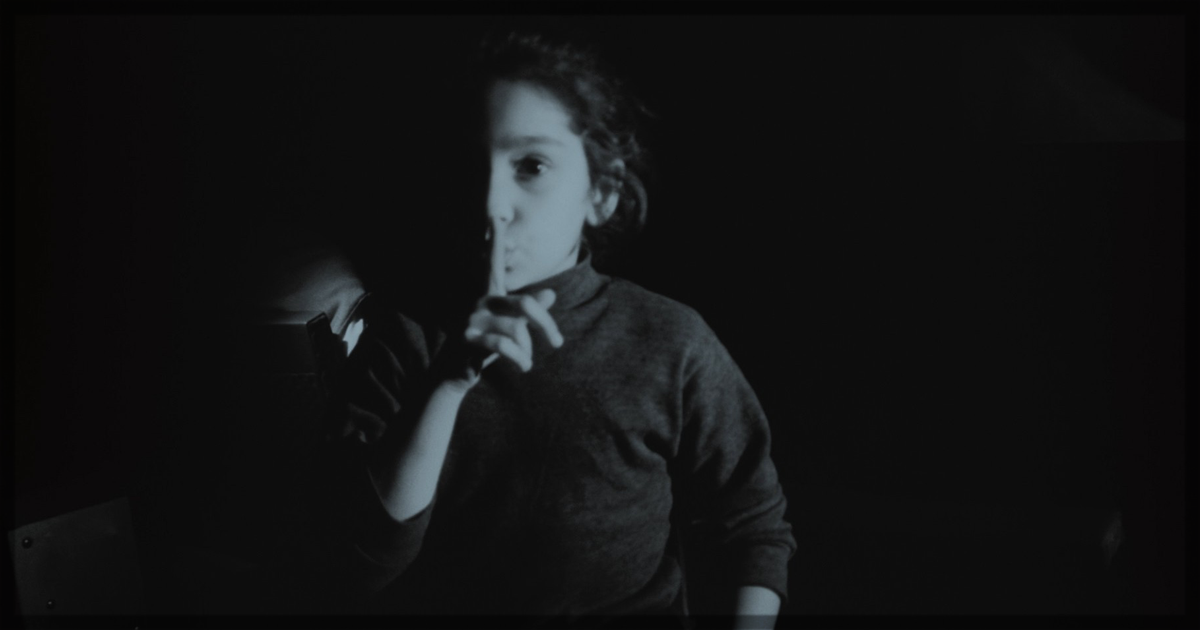During the Union of Soviet Socialist Republics (USSR), cinema was a meaningful tool for propaganda and Soviet cultural identity development. As the USSR had a massive territorial length, each region would have a unique voice in its approach regarding filmmaking. Therefore, plenty of the productions from the Soviet period are not in the canonical thread in the film study. Armenian director Tamara Stepanyan tackles the history of local films through her documentary essay, My Armenian Phantoms. However, she blends the historical aspect of the Hayfilm Studio, the state production company, and the background anecdotes of her family. Stepanyan focuses predominantly on her father, Visan, an actor in the Hayfilm days and someone who sparked her love for cinema. In this sense, the director balances how the film’s past and her family’s intertwine.
Stepanyan takes an approach of almost narrating chronologically about Armenian films. She starts by citing her family’s work in the industry. Her father acted in films in the 1980s, her grandfather supervised dubbing, and her grandmother assisted him. There is an element of descending from an artistic family in her thesis. At the same time, it is a blessing and an immense weight to her. Stepanyan tries to understand the history of Armenian cinema, which made her fall in love with the art. It is an essay about the local production and a love letter to her family. In a way, the direction resembles Mark Cousins’ work, which blends his love of the art form and a didactical role in it. Consequently, the film falls under two different structural blocks that feel like different films edited together. The first is a glimpse of Armenia and its culture; the second is about the Stepanyan family.
Firstly, Stepanyan throwback to the beginning point of the Armenia Studio and HayFilm. She emphasizes the importance of Honor by Hamo Bek-Nazaryan, a mark for the local cinema as its first production ever. A few seconds later, we learn about Why Does the River Roar? by Grigori Melik-Avakyan, a story about an Armenian captive of the Turkish army. The director explains the political reasons behind the cultural guidelines, such as the resistance to making art about the 1915 Armenian genocide. The USSR disagrees with blaming Turkey for the violence due to diplomatic choices. A direct approach to the topic would come only with Life Triumphs (Nahapet) by Henrik Malyan in 1977. It would come out almost sixty years after the genocide and fifty years after the first regional production.
On a scale as an essay about cinema, the film works smoothly and reaches its goal of teaching about some crucial milestones of local culture. Stepanyan draws a linear look at the politics of the USSR and how it would influence cinema, specifically during Stalin’s leadership, with his heavy fists on cultural output. Stepanyan states the cultural counter-balance of his authoritarian government with the explanation of Yearning by Frunze Dovlatyan. It narrates the oppression during Stalinism and is one of the last productions of the USSR period. The director wisely cuts a framing on the Hayfilm catalog within historical movements: the first productions, the Armenian new-wave, and the near Soviet collapse films.
However, the other film within My Armenian Phantoms does not work well. The other half is a personal love letter from Stepanyan to her roots: family, cinema, and Armenia. Unfortunately, the uneven development of the film makes us not connect with her history as we do with the Armenian essay. She spends most of the time, though a short duration, to delve into each title. It lands in a situation where we are more interested in the Armenian cinema than in her life. Personal documentaries require an emotional bond that is usually difficult to reach. Indeed, it is a beautiful love letter to who she is. Yet, it does not fit into a cohesive story. Her phantoms are the USSR, her family, and an Armenian cinema that does not exist anymore. She exemplifies this through the trajectory of Sergei Parajanov, the legendary director behind The Color of Pomegranates and the most known Armenian filmmaker. Tamara tells the immense crowd, including herself, in the communal funeral of the legend in a public square. The ghosts that haunt her fascinate her more when they relate to the cinema than her own due to the lack of intimacy with the audience.
In an unbalanced film, we learn about the phantoms that chase Tamara Stepanyan. Cinema, family, and the troubling construction of Armenia become inherent to her identity. In My Armenian Phantoms, she thrives in documenting the local cinema but lacks a deeper bond with the audience to her history.
My Armenian Phantoms recently played at the It’s All True Documentary Film Festival.


